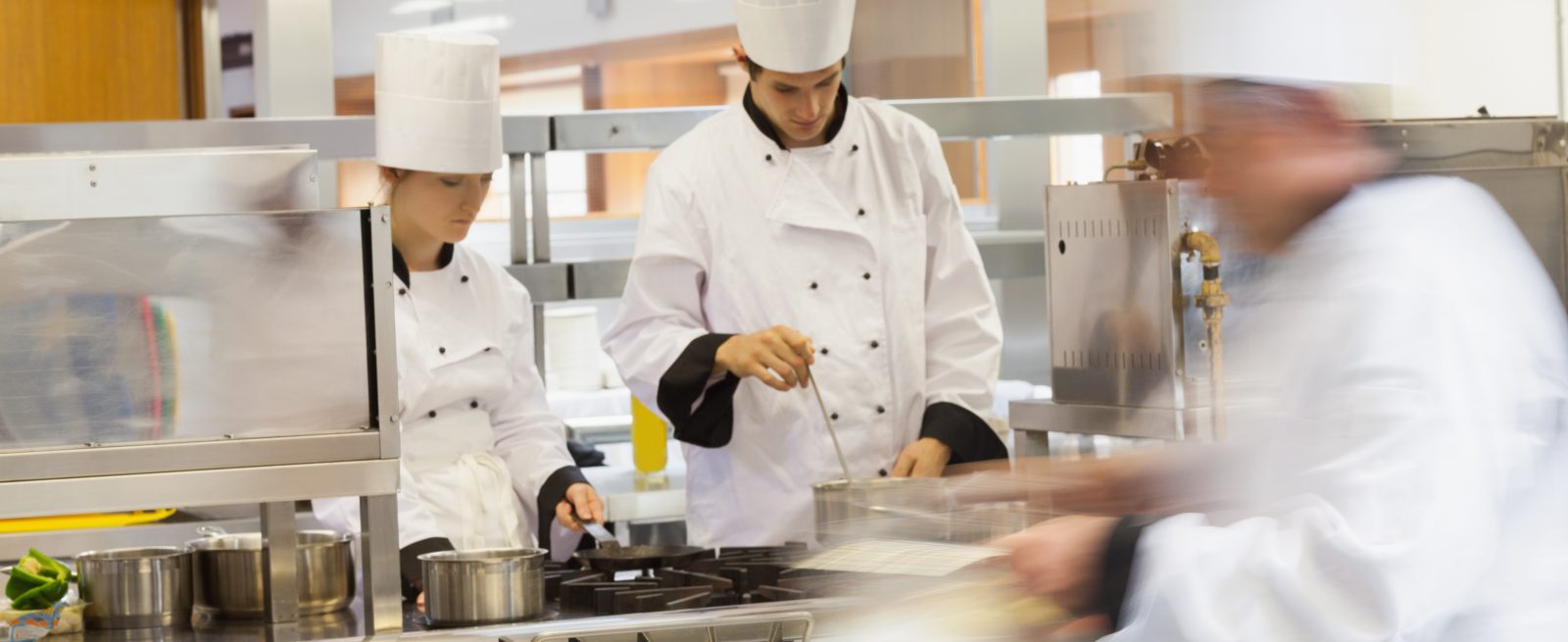Make vs Buy: More Than What Meets the Eye
3 Min Read By Bruce Reinstein
Looking at it from two opposite ends of the spectrum, some brands would love to be able to make 100 percent of everything from scratch. It makes them feel good and the assumption is that it will lower food costs and that their guests will truly appreciate the effort. On the other hand, some brands are looking for consistency, speed of service, low labor cost and other’s culinary expertise, so they buy everything and feel that this will make them more profitable.
The decision whether to make vs. buy tends to be an emotional one for many restaurant operators, who have their own set of expectations for the food they serve and how it's made. Some of these expectations are based on stereotypes while others are based on operators' own personal preferences. There is a fine line between make vs. buy and both can co-exist within any restaurant brand today. However, there are many factors to consider when looking at scratch cooking as compared to purchasing a pre-made or sub-baked product…
Sorry, You've Reached Your Article Limit.
Register for free with our site to get unlimited articles.
Already registered? Sign in!


